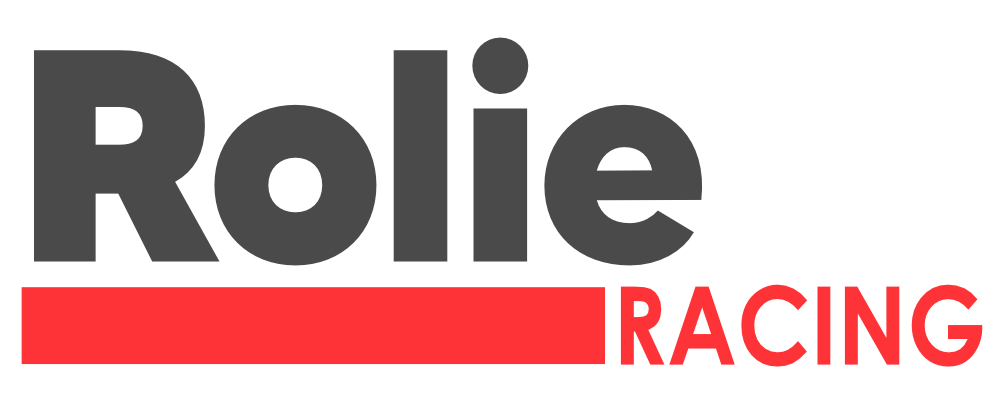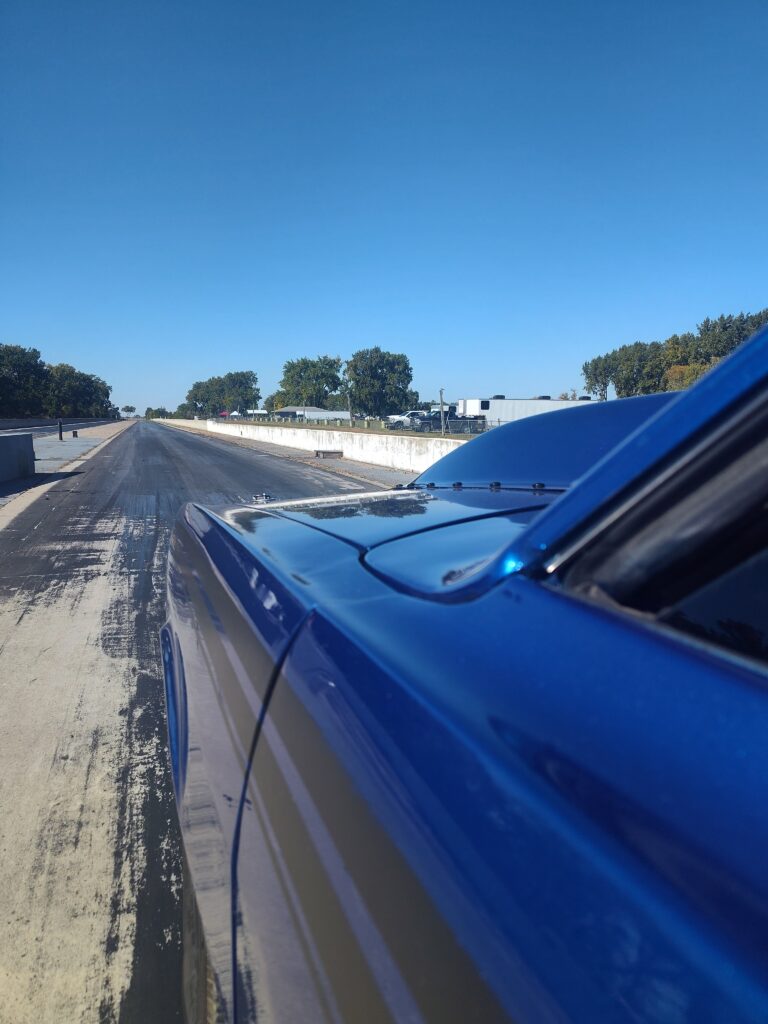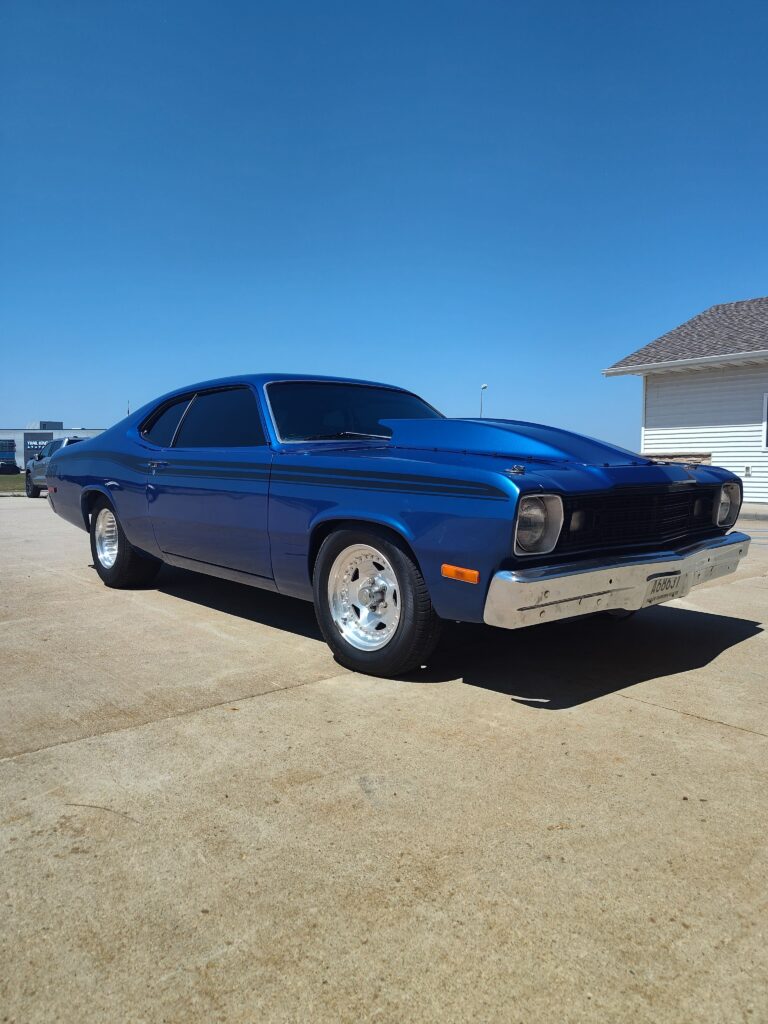What is Drag Racing?
A lot of people associate drag racing with classic movie scenes with high power cars trying to get from one traffic light to the next as fast as they can. They’re close, but drag racing has more to it than jamming the gas pedal.
There are two types of drag races: bracket and “heads up”. Both involve racing across the finish line at high speeds after a light drops, but the goals and how winners are determined are different.
Drag racing at Interstate Raceway is managed by Rolie Racing as of 2025.

Bracket Racing
In bracket racing, you’re trying to run as close to a target time (known as a “dial-in”) as possible without going below it. Going below your dial-in is called “breaking out” since you broke past your time. The vehicle with the slower dial-in time will be given a head start by the timing system before the faster vehicle is allowed to leave the starting line. The first across the finish without going below their dial-in is the winner. The delayed start aspect makes bracket racing great for newbies or those who don’t have a traditionally fast vehicle — we’ve bracket raced minivans and economy cars!
Variables like vehicle performance, weather, track conditions, tires, and driver reaction will affect their times, so it’s rare to see a vehicle run the exact same time repeatedly. We have several different classes for bracket racing to make sure competitors are paired fairly based on their vehicle composition.

Heads Up Racing
In “heads up” racing (sometimes called street racing, despite being on a track) both competitors leave the starting line at the same time and try to be the first across the finish line. This is closer to the cinematic racing in movies. There are no amber countdown bulbs, just a green light that sends the drivers off. Reaction time and a very fast car are the biggest factors since heads up racing isn’t timed.

Our Drag Racing Facilities
We run 1/8th mile drag races. There’s a 360 foot concrete launch pad including the burnout area, and the track itself is asphalt from the 330 foot mark to the end of the 1400 foot shutdown area. Our return road runs past the track and behind the tower on the southern side. There are 10 staging lanes for lining up competitors and we host multiple bracket classes including Junior Dragsters. We also run an open Test n Tune class group for anyone to make non-competition passes or learn how to race.
Concessions and restrooms are available during drag racing events. We also have pit parking spots and camping space available for an additional fee.
Interstate Raceway utilizes Port-A-Tree timing system and Daktronics scoreboards. Timing increments are 60 feet, 330 feet, and 660 feet. Speed is also trapped at the 660 mark.

Drag Racing FAQs
What’s the drag racing schedule?
Check our Schedule page to find out when our next event is coming up. Our bracket racing classes award points for competitors with consistent attendance and performance, and our heads-up races have the fastest cars in the region. We have a Test and Tune group for doing non-race passes at every drag racing event.
What are the requirements to drag race?
Each class has its own vehicle and safety requirements (click here). For open Test and Tune, all vehicles must meet the requirements for the Trophy bracket class. If your vehicle is stock, safe, and not leaking, you’re likely good to go!
This looks cool! How do I learn to drag race?
Showing up is the first step! Come to an open Test and Tune and chat up the other racers and staff. If you need a ride-along buddy or want to ride shotgun with an experienced driver, we can pair you up for a pass down the track. Any vehicles with a passenger must run 8.95 seconds or slower in the eighth mile.
If you’re brand new in a stock vehicle, take a look at Trophy or Sportsman bracket classes.
Can I win money in a drag race?
Yes! Most bracket classes have prize payouts (click here). Trophy and Junior Dragster bracket classes reward trophies instead of money prizes. Our heads-up race classes have payouts based on the number of vehicles that enter, so make sure to bring your friends for a better prize.